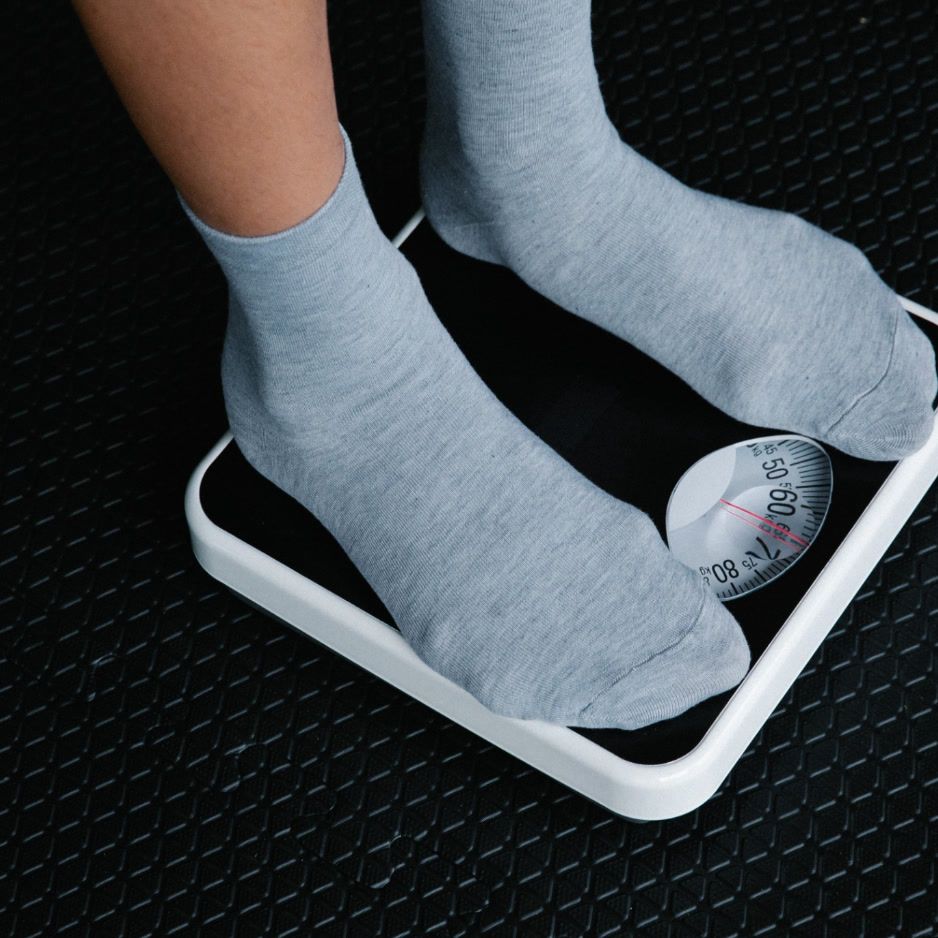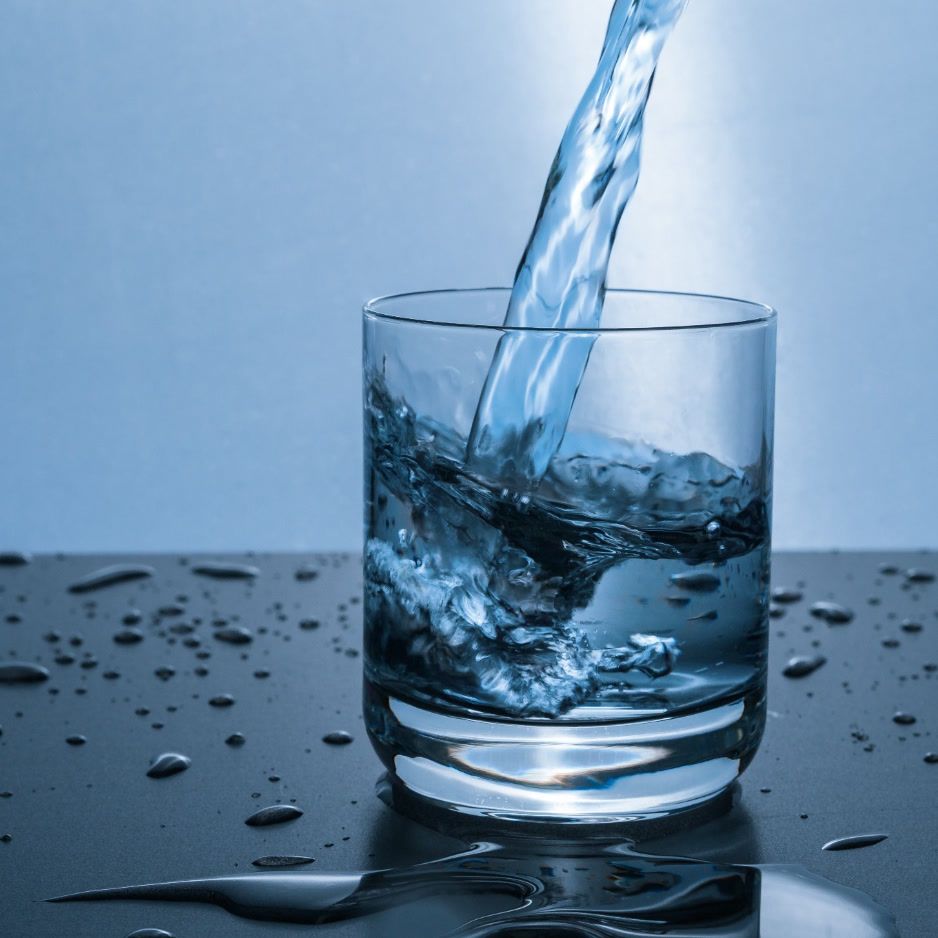When to Get a DEXA Scan and How Often

When to Get a DEXA Scan (and How Often)
Looking for a quick answer? Here’s the bottom line:
- For wellness tracking (body fat, muscle, visceral fat, overall bone measurement): book a BodySpec full‑body DEXA at any age. You can repeat it monthly to track real changes over time. Do not get any DEXA scan if you are pregnant or think you might be pregnant (CDC DEXA scan facts; Cleveland Clinic: DXA and pregnancy).
- For medical bone‑density screening (to diagnose or monitor osteoporosis): women typically start at 65+; many expert groups advise men start at 70+. Higher‑risk adults may need earlier testing—see details below (USPSTF; BHOF).
This guide will help you determine the right type of DEXA scan—and the right timing—for your goals.
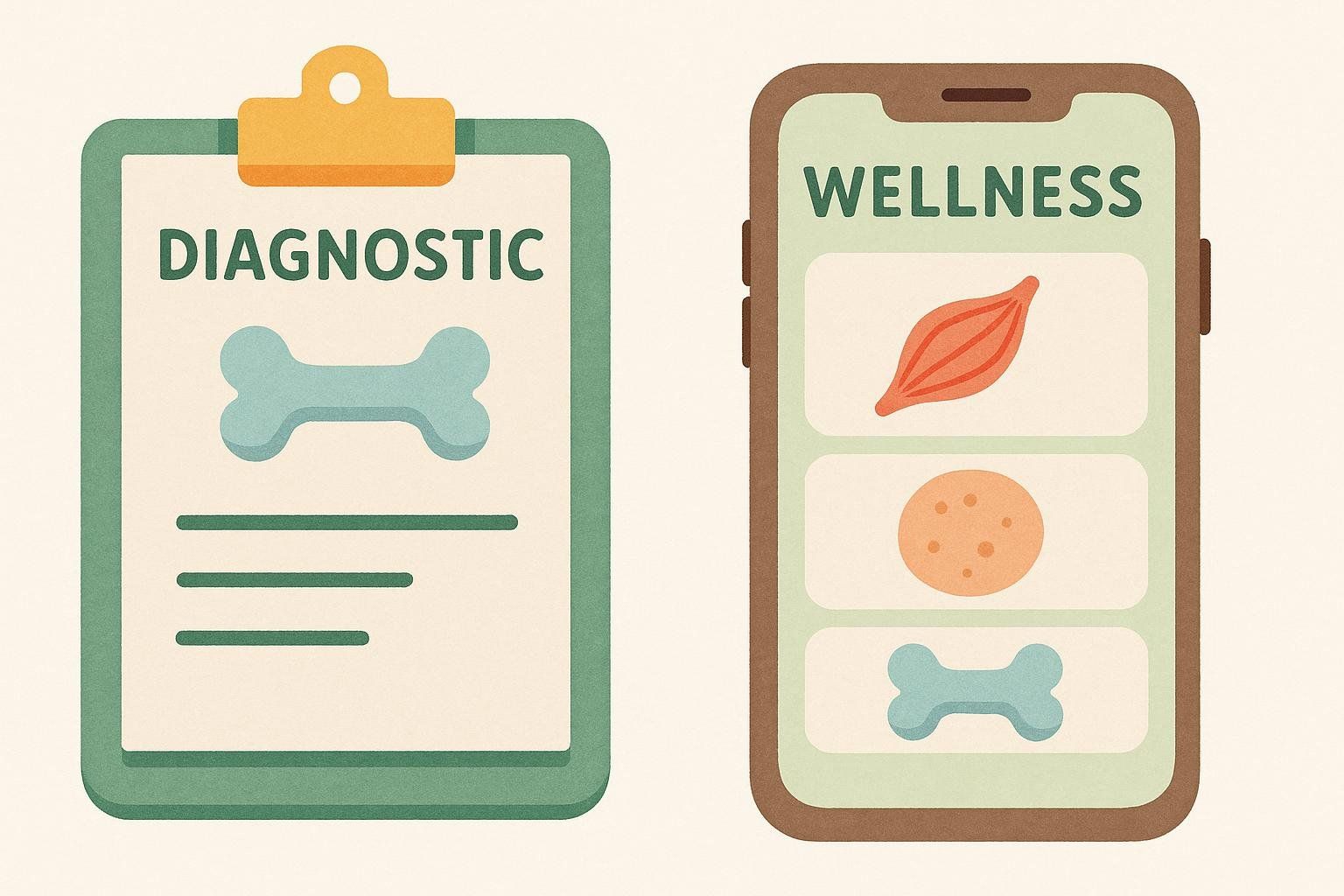
Diagnostic vs. Wellness DEXA: What’s the difference?
-
Diagnostic hip/spine DEXA (central DXA)
- Ordered by your clinician to diagnose or monitor osteoporosis. Measures bone mineral density (BMD) at the hip and spine, producing T‑ and Z‑scores used in medical decisions (USPSTF recommendation statement).
- Typically billed to insurance when medically indicated; routine screening before 65 is uncommon unless risk is elevated.
- Retesting is usually spaced out because bone changes are slow (often 2+ years) (AAFP Choosing Wisely: avoid frequent repeat DEXA; BHOF testing guidelines).
-
BodySpec full‑body DEXA (non‑diagnostic wellness scan)
- Self‑book in minutes; no referral needed.
- Appropriate for all ages for wellness insights and progress tracking.
- Tracks total body fat %, lean mass, visceral adipose tissue (VAT), and provides a whole‑body bone‑density measurement for wellness insight (not for diagnosing osteoporosis) (How BodySpec scans work without a referral).
- Fast appointment, quick results, flexible frequency (even monthly) to watch changes in fat loss, muscle gain, and VAT reduction.
- Typical price is $40–$60 and is eligible for HSA/FSA use (view BodySpec pricing).
If your BodySpec report shows unexpectedly low bone density or concerning trends, bring it to your clinician. They may order a diagnostic hip/spine DEXA for a formal diagnosis and to guide medical decisions.
Who should get a diagnostic DEXA (and when)?
Screening aims to find low bone density early to reduce fracture risk.

-
Women 65+: Get screened at least once (USPSTF recommendation statement on osteoporosis screening).
-
Postmenopausal women under 65: Screen if their fracture risk is at least that of a typical 65‑year‑old woman (a specific threshold your doctor calculates using risk assessment tools). Common risk factors include:
- Prior adult low‑trauma fracture
- Parent with hip fracture
- Long‑term oral steroid use
- Low body weight
- Smoking
- Heavy alcohol use
- Conditions such as rheumatoid arthritis or celiac disease
Sources: USPSTF recommendation statement; BHOF testing guidelines
-
Men 70+: Many expert groups recommend testing beginning at age 70 (BHOF testing guidelines).
-
Men 50–69 with risk factors: Consider testing if you have risk factors similar to those listed above for women under 65 (BHOF testing guidelines).
-
Any adult 50+ with a low‑trauma fracture: Discuss a diagnostic scan promptly (Mayo Clinic Q&A on bone density tests).
How often should you repeat a diagnostic DEXA?
Short version: not too often—bone changes slowly. Avoid routine repeats sooner than 2 years unless the result would change your care (AAFP Choosing Wisely: avoid frequent repeat DEXA).
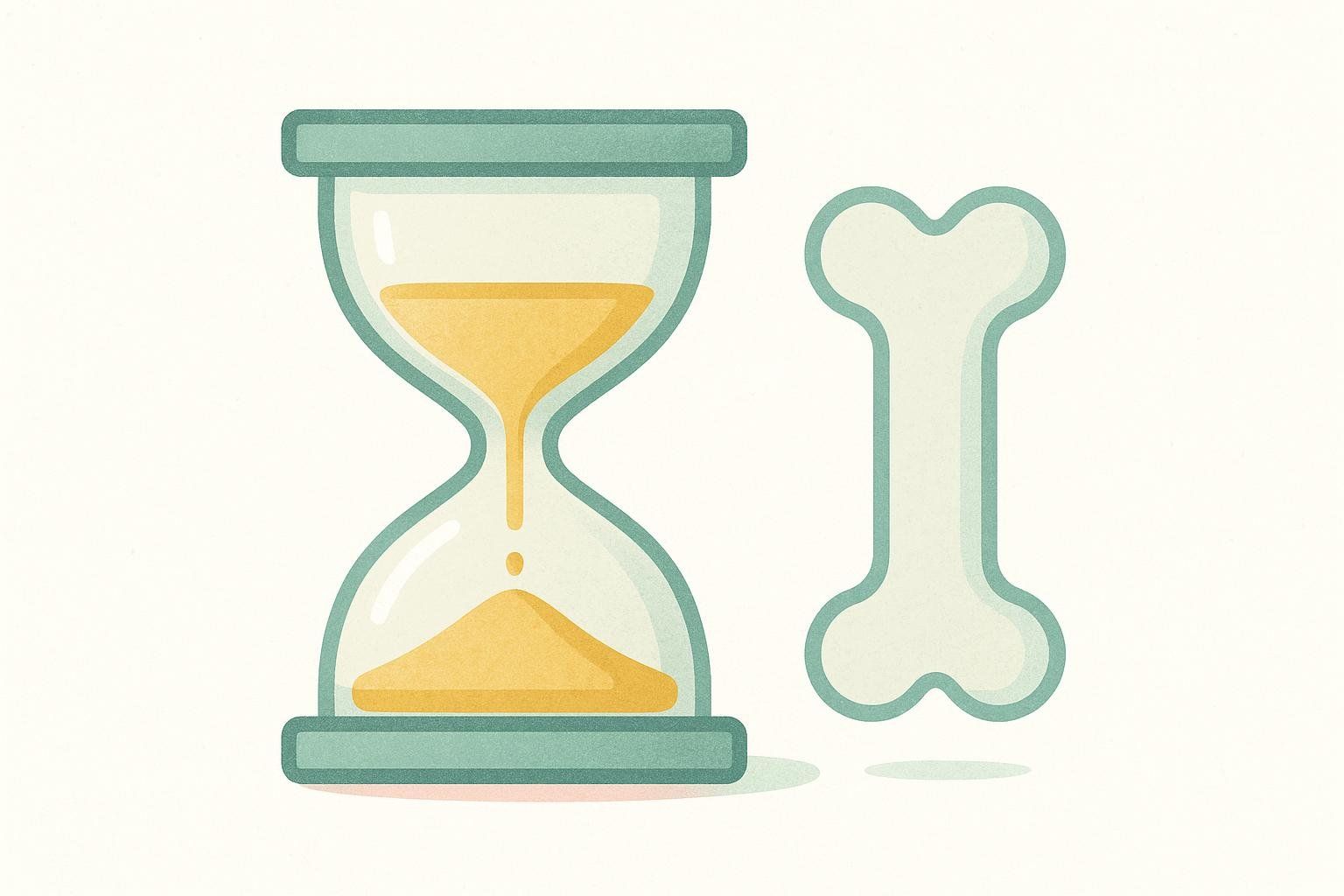
| Risk level / status | Typical diagnostic retest interval |
|---|---|
| Normal BMD and low risk | 5–10 years if risk stays low (AAFP Choosing Wisely: avoid frequent repeat DEXA) |
| Osteopenia (low bone mass) | About every 2–5 years, depending on proximity to treatment thresholds (BHOF testing guidelines) |
| Osteoporosis or after starting/changing therapy | About 1–2 years to assess response, then space out if stable (BHOF testing guidelines) |
When a Wellness DEXA Scan Is the Right Choice
Choose a BodySpec full‑body DEXA when your goal is to:
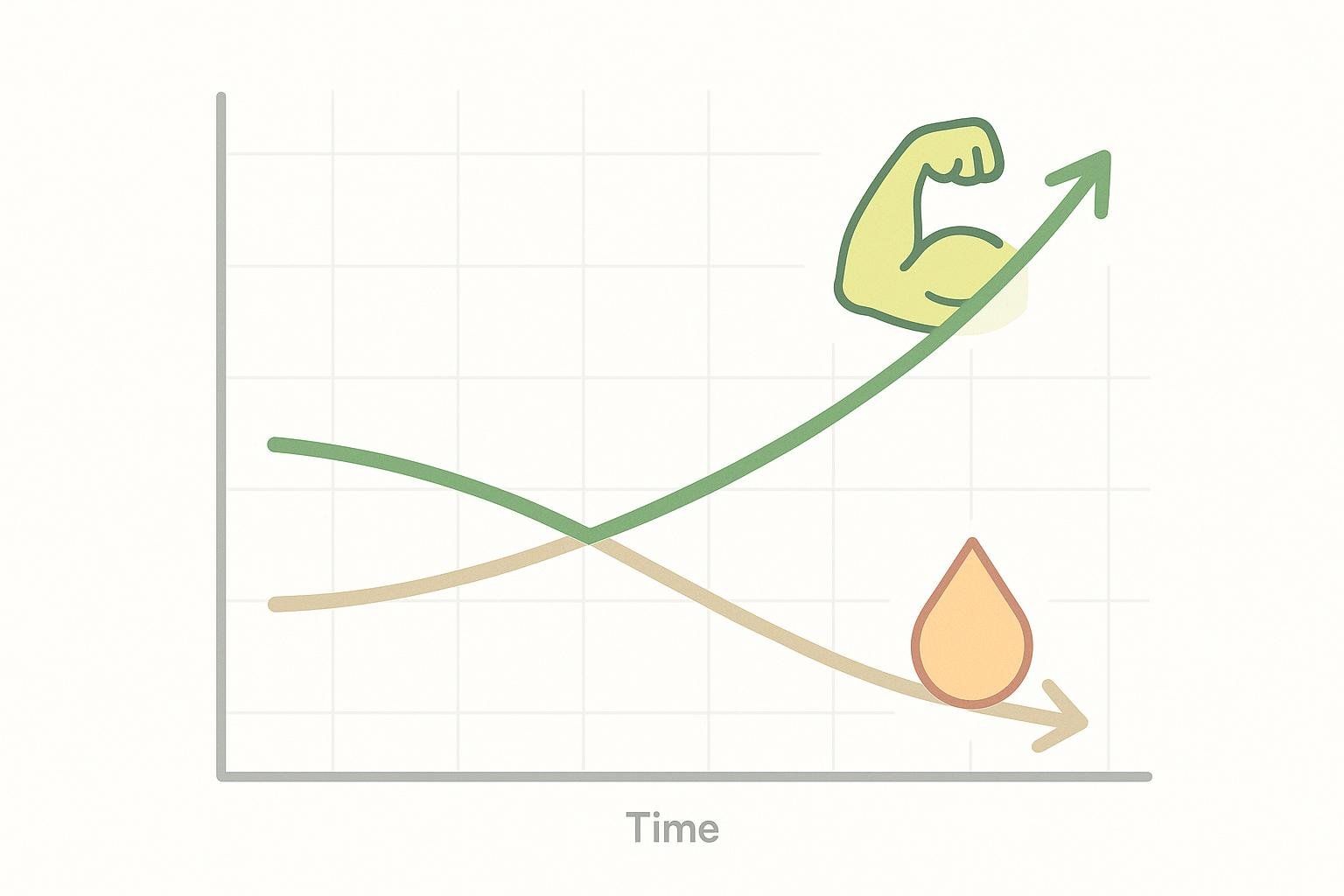
- Track meaningful change: verify fat loss, muscle gain, or VAT reduction month‑to‑month or quarter‑to‑quarter.
- Spot trends early: use the whole‑body bone measurement and composition data as a wellness signal to discuss with your clinician if anything looks off.
- Stay consistent: easy, referral‑free scheduling makes regular check‑ins doable at any age. Typical visits are $40–$60 and eligible for HSA/FSA use (view BodySpec pricing).
Personalize your timing with FRAX
If you're under 65 with risk factors, a tool like FRAX helps you and your doctor decide if earlier screening is necessary.
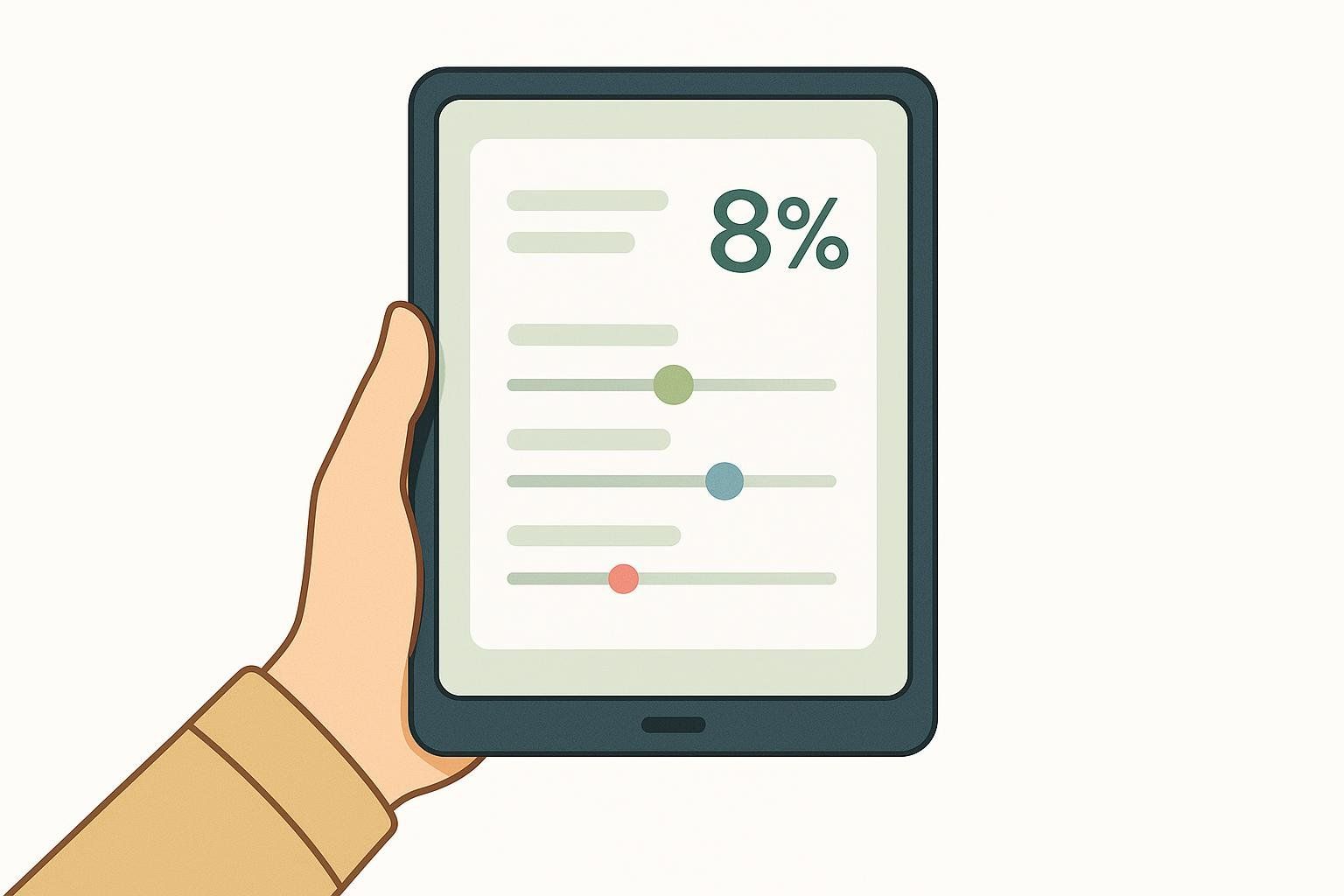
The FRAX calculator estimates your 10‑year fracture risk using age, sex, body size, and clinical risk factors. Adding femoral‑neck BMD from a diagnostic DEXA makes it even more accurate. Many clinicians consider earlier screening for postmenopausal women under 65 if their risk matches or exceeds that of a typical 65‑year‑old woman (USPSTF recommendation statement). Our guide provides a step‑by‑step walkthrough of the Fracture Risk Assessment Tool (FRAX).
Safety and prep: what to expect on scan day
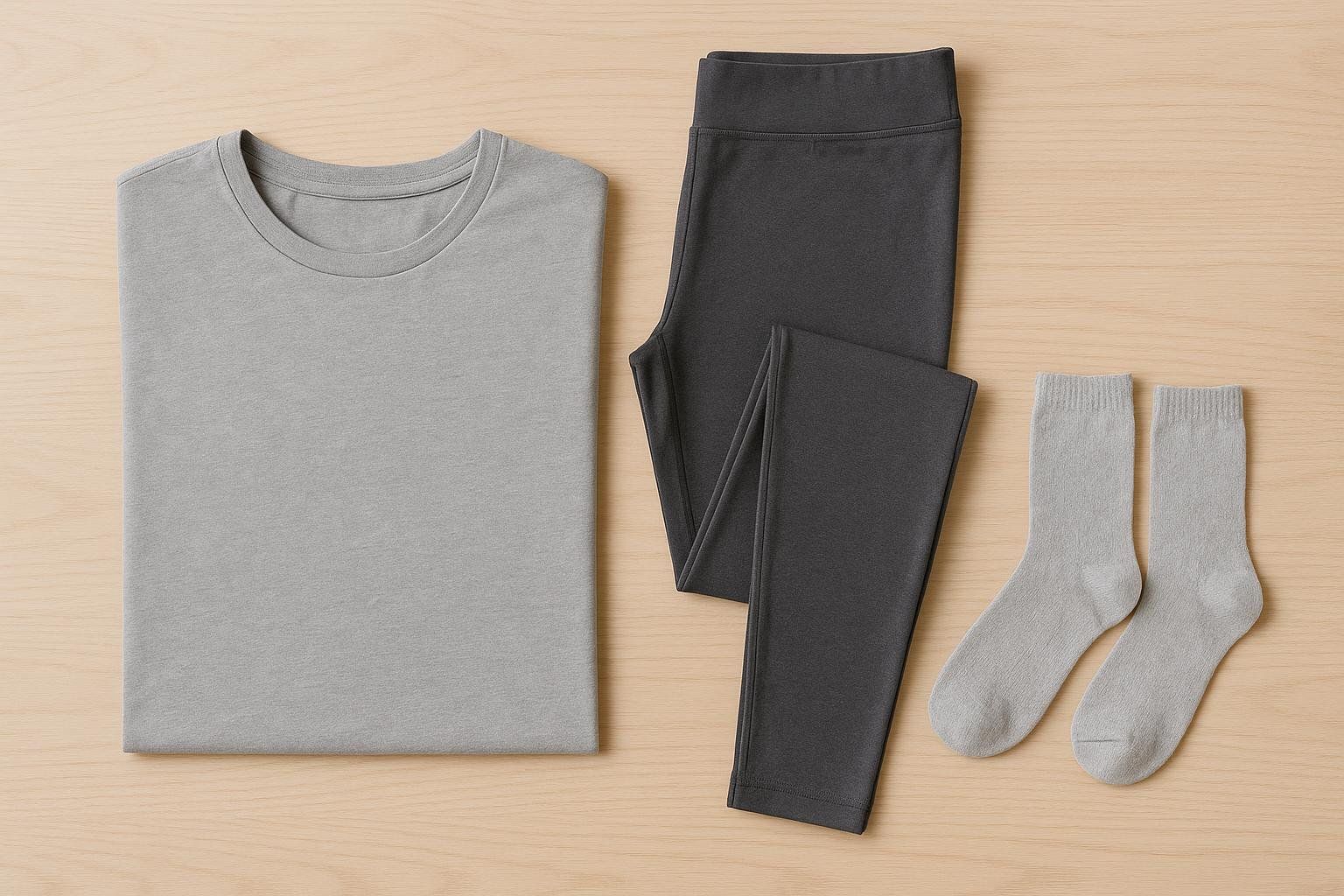
- Radiation is very low for both diagnostic and wellness DEXA—comparable to standard medical X‑rays and everyday background exposure (CDC DEXA facts and radiation dose; BodySpec DEXA safety guide).
- Pregnancy: DEXA is not performed during pregnancy; tell your technologist if you are or might be pregnant (CDC DEXA facts; Cleveland Clinic: DXA and pregnancy).
- Clothing: wear something comfy without metal (no zippers, belts, or underwires); remove jewelry (Cleveland Clinic: DXA prep and what to expect; Hopkins Medicine: DEXA exam instructions).
- Supplements: skip calcium for 24 hours so it doesn’t cloud hip images (Hopkins Medicine: DEXA exam instructions).
For a deeper checklist, see: Prepare for your BodySpec scan.
Insurance and cost basics
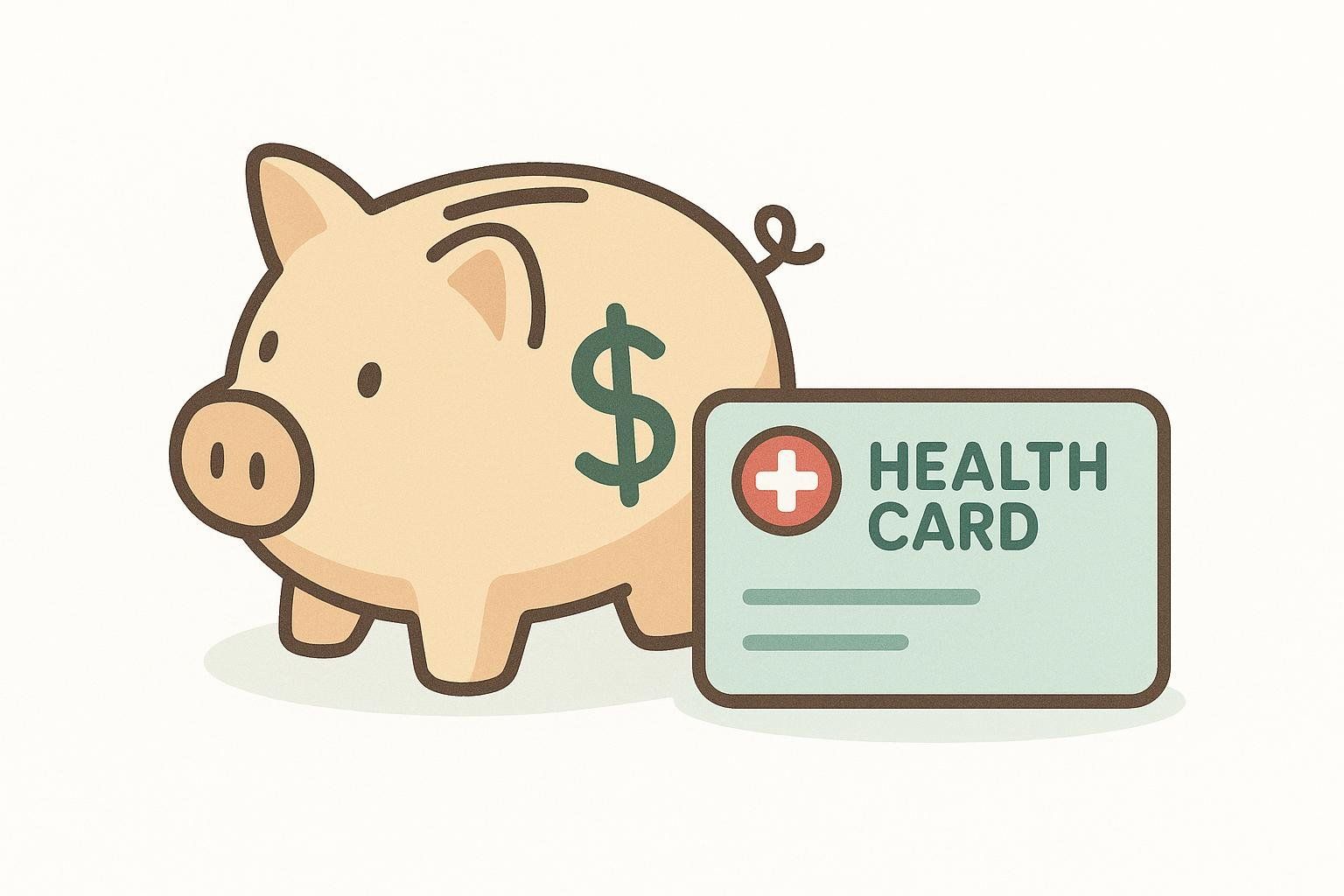
- Medicare Part B generally covers diagnostic bone density testing once every 24 months (or more often if medically necessary) for people who meet specific criteria (Medicare coverage details for bone density tests):
- Estrogen deficiency with risk
- Long‑term steroid therapy
- Primary hyperparathyroidism
- X‑ray evidence of bone loss or vertebral fracture
- Monitoring response to FDA‑approved osteoporosis therapy
- Commercial plans often follow USPSTF screening (women 65+ and younger postmenopausal women at higher risk), but copays and prior auth vary—check with your plan.
- BodySpec wellness scans are cash‑pay (no insurance billing), typically $40–$60, and eligible for HSA/FSA use (view BodySpec pricing; how BodySpec scans work without a referral).
Getting more from your results
- Learn how to read T‑scores, Z‑scores, VAT mass, and lean‑mass metrics in our walkthrough: Interpreting your DEXA results.
- Build stronger bones between scans with a safe, progressive plan: Strength training for bone density.
- If you’re new to this topic, start with our overview of bone density tests.
Bottom line
- Wellness tracking: Get a BodySpec scan at any age; repeat monthly or quarterly to see real changes in fat, muscle, and VAT.
- Diagnostic screening: Women 65+ should be screened; younger postmenopausal women screen earlier if risk is elevated. For men, screening is recommended for ages 70+, or 50–69 if risk factors are present.
- Retesting (diagnostic): Avoid routine repeats faster than every 2 years unless it will change your care.
- Next step: If a BodySpec report looks concerning, bring it to your clinician—they may order a diagnostic hip/spine DEXA.

